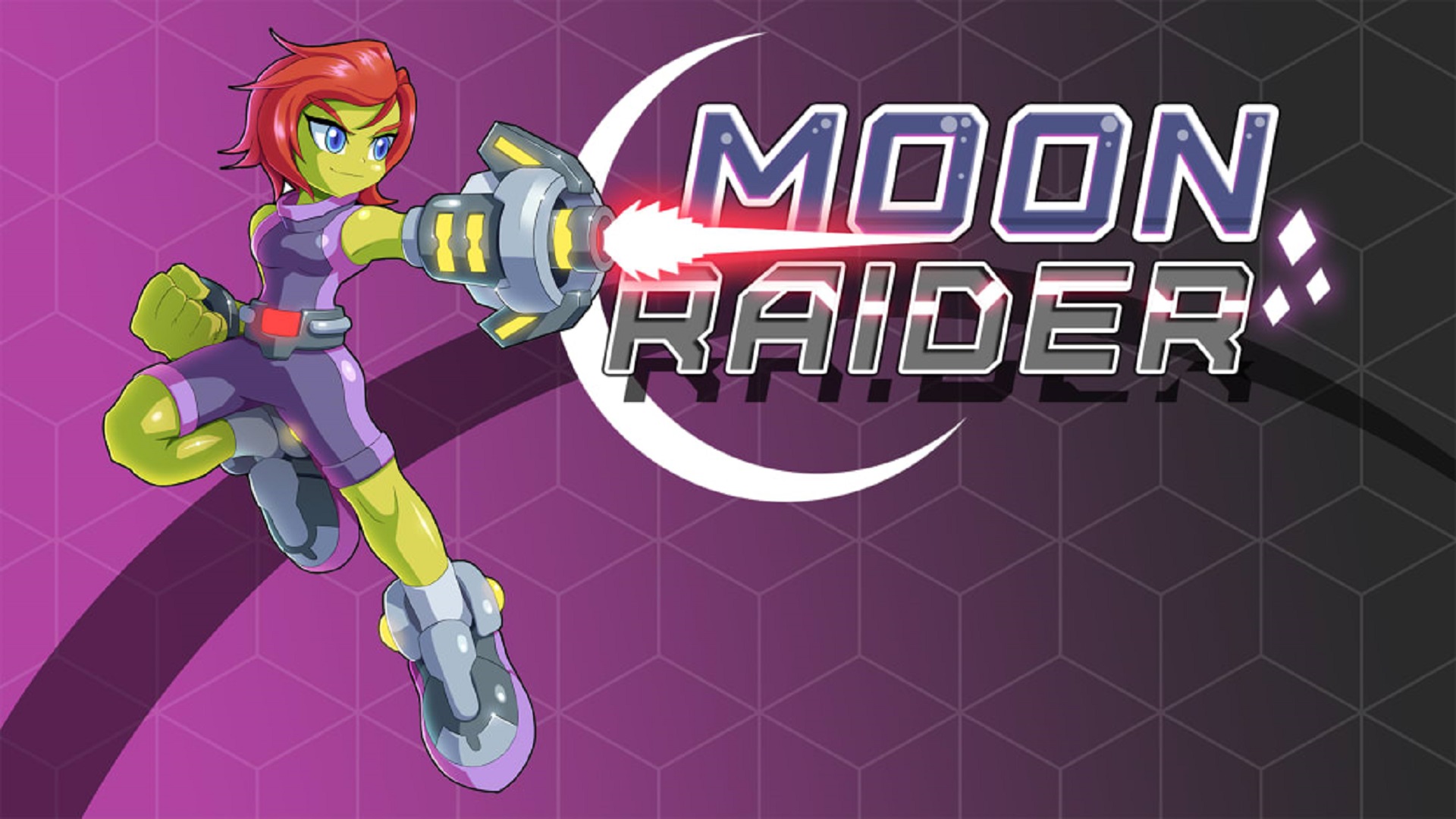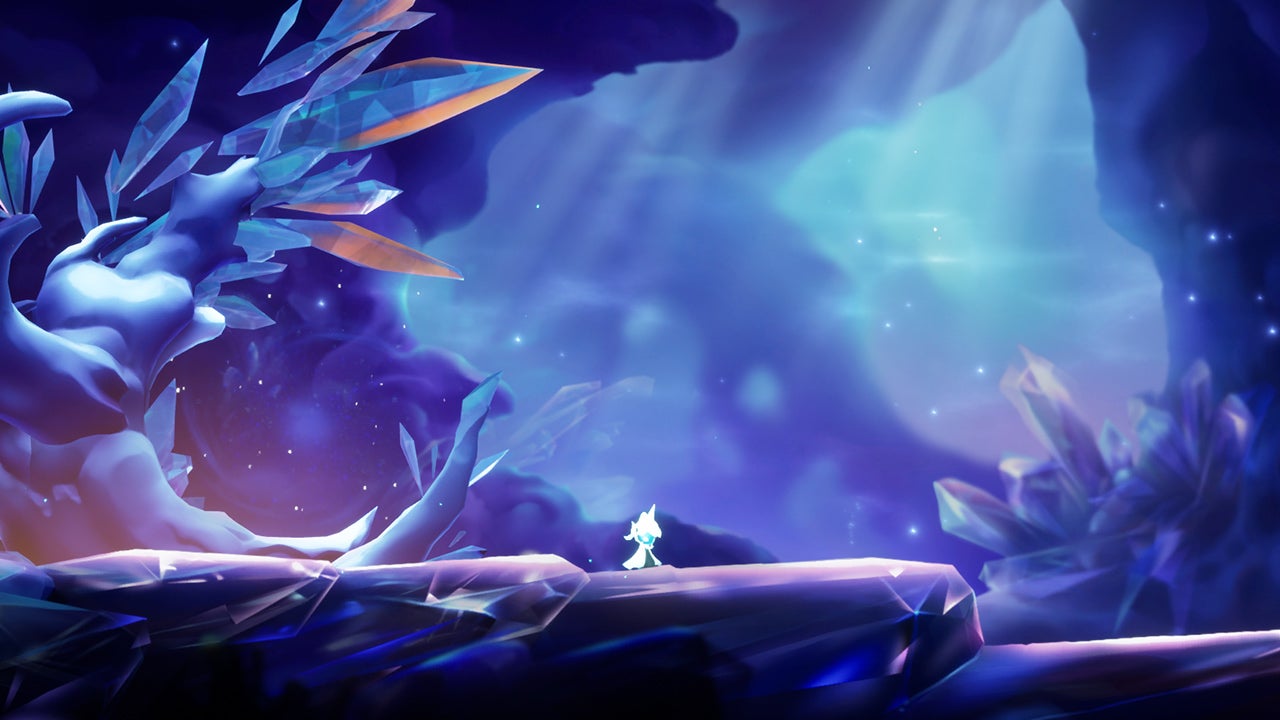Share
The Adventure Begins
A few years back, I was looking for a puzzle game that wasn’t a hidden object mystery adventure when I heard about the 2014 game Monument Valley. Some people had shared images of the vibrant maze-like puzzles on social media and my interested was piqued. I’d played some gorgeous hidden object mystery games, but I didn’t know other puzzle games could be so visually striking. Not only did I download the game and became mesmerized, but I also downloaded bonus levels via the expansion packs and the game’s sequel Monument Valley 2.
Since then, I never thought I would come across another puzzle game that evoked similar feelings until I stumbled on Alter: Between Two Worlds. Created by Criss Cross Games and released in 2020, Alter is a free-to-play game that seemed similar to Monument Valley at first glance. Both games involve guiding a female protagonist, Monument Valley’s young girl named Ida and Alter’s white-haired young woman known as Ada. Both games also have tiled puzzles with staircases, but there is one major difference between them. Unlike Monument Valley’s puzzles that occur in a single location, Alter’s puzzles take place in two locations that are parallel to each other.

Unlocking Parallel Perspectives
To explain further, one of the very first levels of Alter involve a room with architecture made of raised blue tiled floors and a floating blue atom at the top of the room. As you might have guessed, the object of this particular puzzle is to reach the atom, but not all the floors are accessible to each other. At this point, you might assume that you’re stuck, but there is a way to solve this dilemma. If you look closely, you’ll see a tile with a diamond and a dot in the middle. This symbol also be found in the bottom right corner of the screen, enclosed by a circle. By standing on the tile with the diamond and pressing on the bottom right symbol, the room will warp and you’ll find yourself in a parallel version of the room and in an area where you can move forward.
When I first did this and the room shifted, my eyes widened with awe. The room is given a whole new perspective as it changes from imposing blue architecture to crumbling brown tiled floors. I wanted to know more about the architecture and about Ada herself. Why was Ada exploring these parallel versions of buildings? Were there something more to these buildings than them being puzzles? These questions were similar to the ones I asked when playing Monument Valley, but the answers I’ve gotten so far are vague yet surprisingly interesting.
Based on the levels I have finished so far, Ada’s journey is deeply personal. Upon reaching the blue atom, Ada seems to absorb it as you see a message that says something along the lines of, “Sometimes all you need is a whole new perspective.” This serves to not only sum up the game’s core mechanic of shifting between parallel versions of the same room, but it also introduces a young woman looking inward and trying to make a change. In fact, the game’s description states that you can “help Ana on her soul-searching adventure about grief and happiness.”

Similarities VS Differences
Speaking of grief, I was surprised to discover a few other aspects of the game that I hadn’t encountered while playing Monument Valley. One is that you can die by getting hit by an obstacle in one of the parallel rooms, which take on odd forms such as a scary eyeball statue, a long red laser, or a seemingly harmless, continually moving ballerina. After watching an ad when you die, you can retry the level from the beginning. Another aspect is how these obstacles are not only meant to be avoided, but also manipulated so that you can progress through the room. A recent challenging level that I completed involved moving an eyeball statue that was preventing me from warping so that I could continue on.
Although I personally hate comparing games that have strong similarities to each other, the fact is that I would not have given Alter a try without my experience with Monument Valley. Despite the latter possibly influencing the former, Alter offers a unique take on the artsy puzzle by tapping into the player’s curiosity and problem-solving ability. Some of the puzzles can take time to solve and it is possible to make a mistake, but happily the game has a redo button in the top right corner that takes you back to the start of a room. It might not be for everyone, but Monument Valley fans with enough time and patience will surely enjoy this game.




